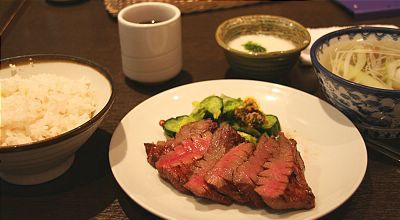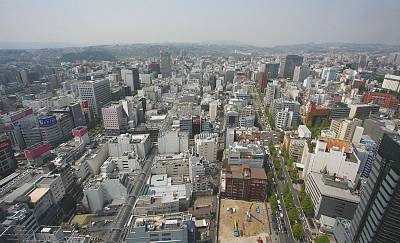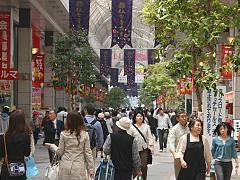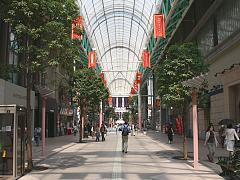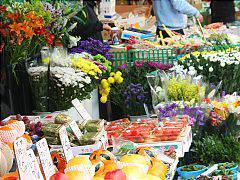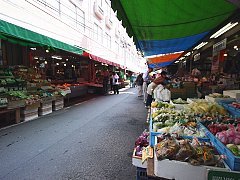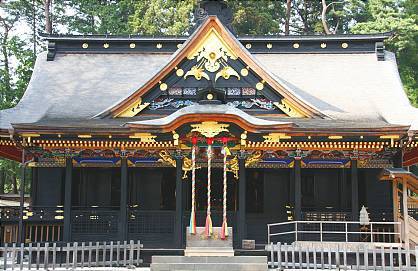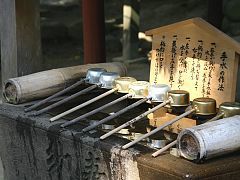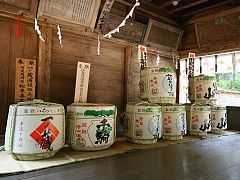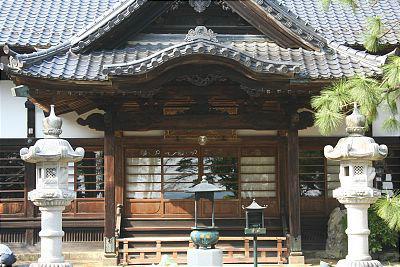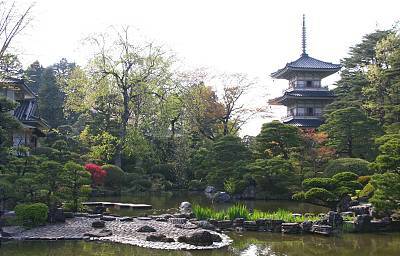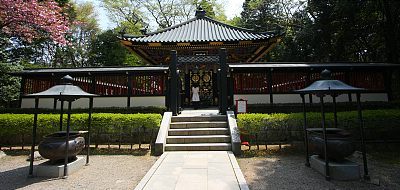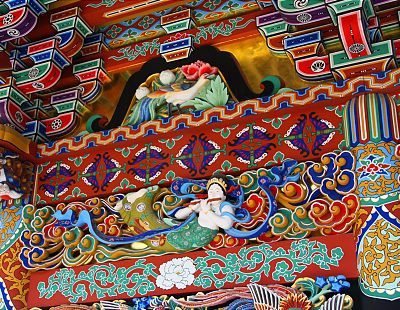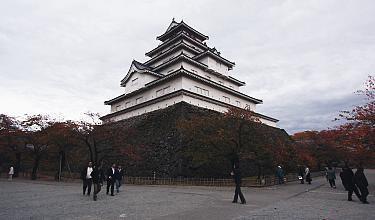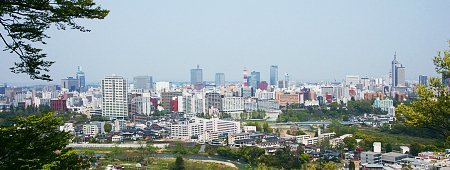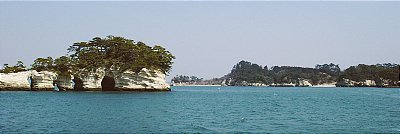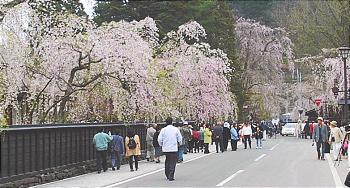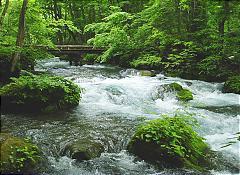Aoba Castle
 |
| basic information |
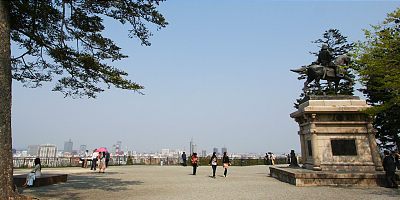 The view from where Aoba Castle once stood
The view from where Aoba Castle once stood Aoba Castle was built in 1600 by the powerful feudal lord Date Masamune. Because of considerations for the castle's defense, Masamune chose to locate his fortifications on Mount Aoba, 100 meters above the town below.
In the last 400 years the castle endured the anti-feudal fervor of the Meiji Period, a giant fire in 1882 and the carpet bombing of 1945. Now all that is left of the castle are remnants of the outer stone walls and a guard tower. The location's lookout onto the city below presently serves an aesthetic rather than military role, though a statue of Masamune, armor-clad and horseback, recalls the site's origins.
A museum commemorating Aoba Castle's history can be viewed on the site. It features models of the castle as it stood in the Edo Period, artifacts from the castle, and a theater that shows a short movie on the castle. The movie is in Japanese, but headsets that play an English audio track are available.
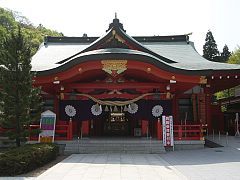 Gokoku Shrine Gokoku Shrine | 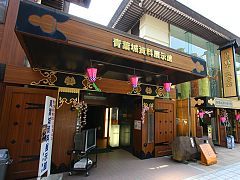 Aoba Castle Museum Aoba Castle Museum |
The prefectural branch shrine of Tokyo's Yasukuni Shrine, called Gokoku Shrine, is also located on the castle's former foundations. The shrine also has a museum, but does not offer any information in English. The museum focuses on Japan's modern military history.
Within walking distance from the castle are a few other sites of interest. A short walk down Mount Aoba's northern slope leads to the Sendai City Museum. The museum features relics of the Date clan, and presents varying temporary exhibitions.
About a kilometer and a half walk south-west from the castle lies Sendai Yagiyama Zoo. The selection of animals at Yagiyama is impressive for a small zoo, and the tourist to Japan will surely appreciate the section dedicated to local animals. Unfortunately, some may consider the facilities a bit wanting. Across from the zoo is the Yagiyama Bennyland amusement park.
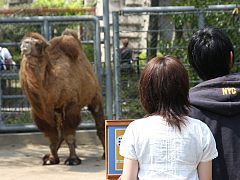 A Camel at Yagiyama Zoo A Camel at Yagiyama Zoo | 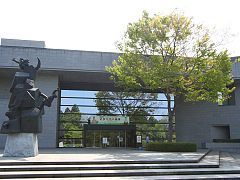 Sendai City Museum Sendai City Museum |
Any advice or questions? Voice them in the forum!
 |
| how to get there |
Aoba Castle can be reached in about 20 minutes from Sendai Station by the Loople Sendai bus. Get off at bus stop #5 for the Sendai City Museum or bus stop #6 for the former castle grounds. A day pass for the Loople bus costs 600 yen, otherwise one ride costs 250 yen. It takes about ten minutes to walk between the city museum and the former castle grounds.
Sendai Yagiyama Zoo and Yagiyama Bennyland are about a 20 minute walk from Aoba Castle. Otherwise they can be reached by frequent regular city buses from Sendai Station. Get off at "Doubutsu Koen Mae" bus stop, about 30 minutes from Sendai Station. The one way fare is 250 yen.
How to get to and around Sendai
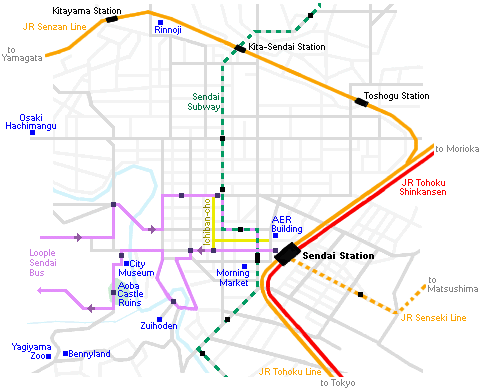
 |
| hours and fees |
| Aoba Castle Museum |
| Hours: | 9:00 to 17:00 |
| Closed: | no closing days |
| Admission: | 700 yen |
| Sendai City Museum |
| Hours: | 9:00 to 16:45
admission ends at 16:15 |
| Closed: | Mondays, the day after national holidays
Dec 28-Jan 4 |
| Admission: | 400 yen for permanent collection |
| Sendai Yagiyama Zoo |
| Hours: | 9:00 to 16:45
admission ends at 16:00
From Nov-Feb, 9:00 to 16:00, admission ends at 15:00 |
| Closed: | Mondays (unless a national holiday, then the next day)
Dec 28-Jan 4 |

